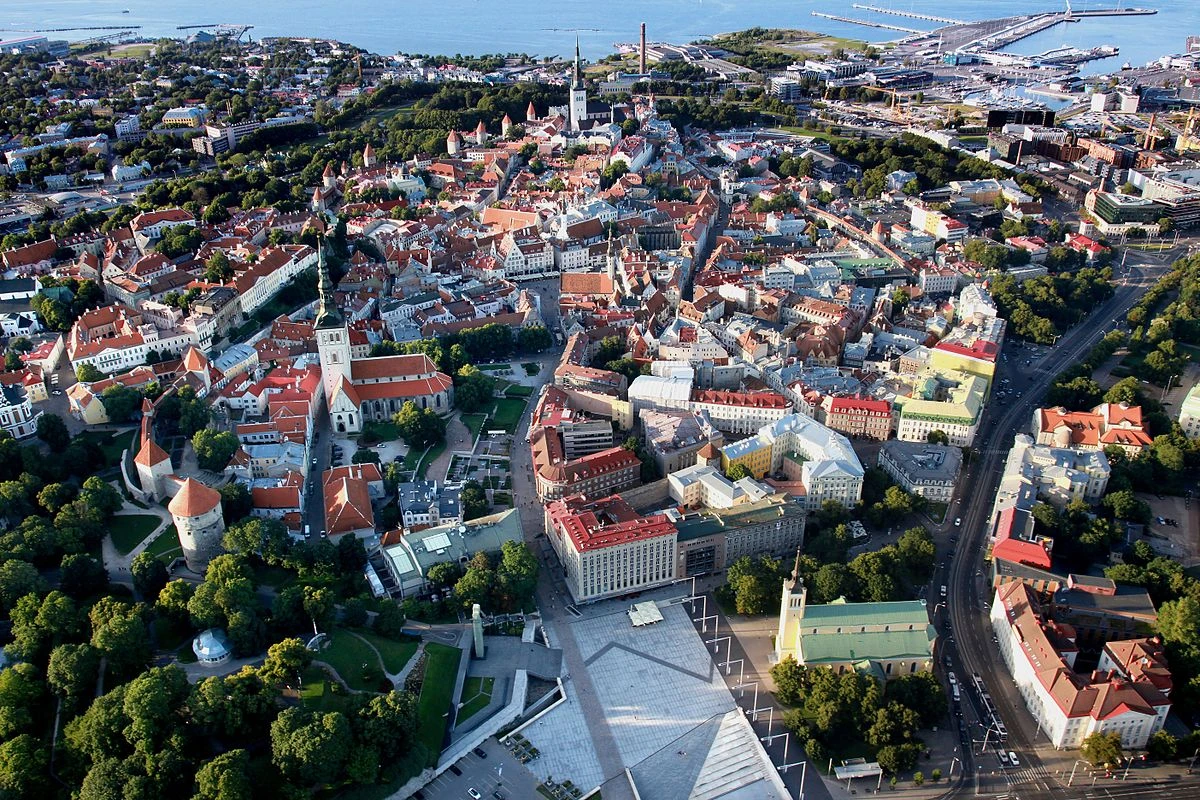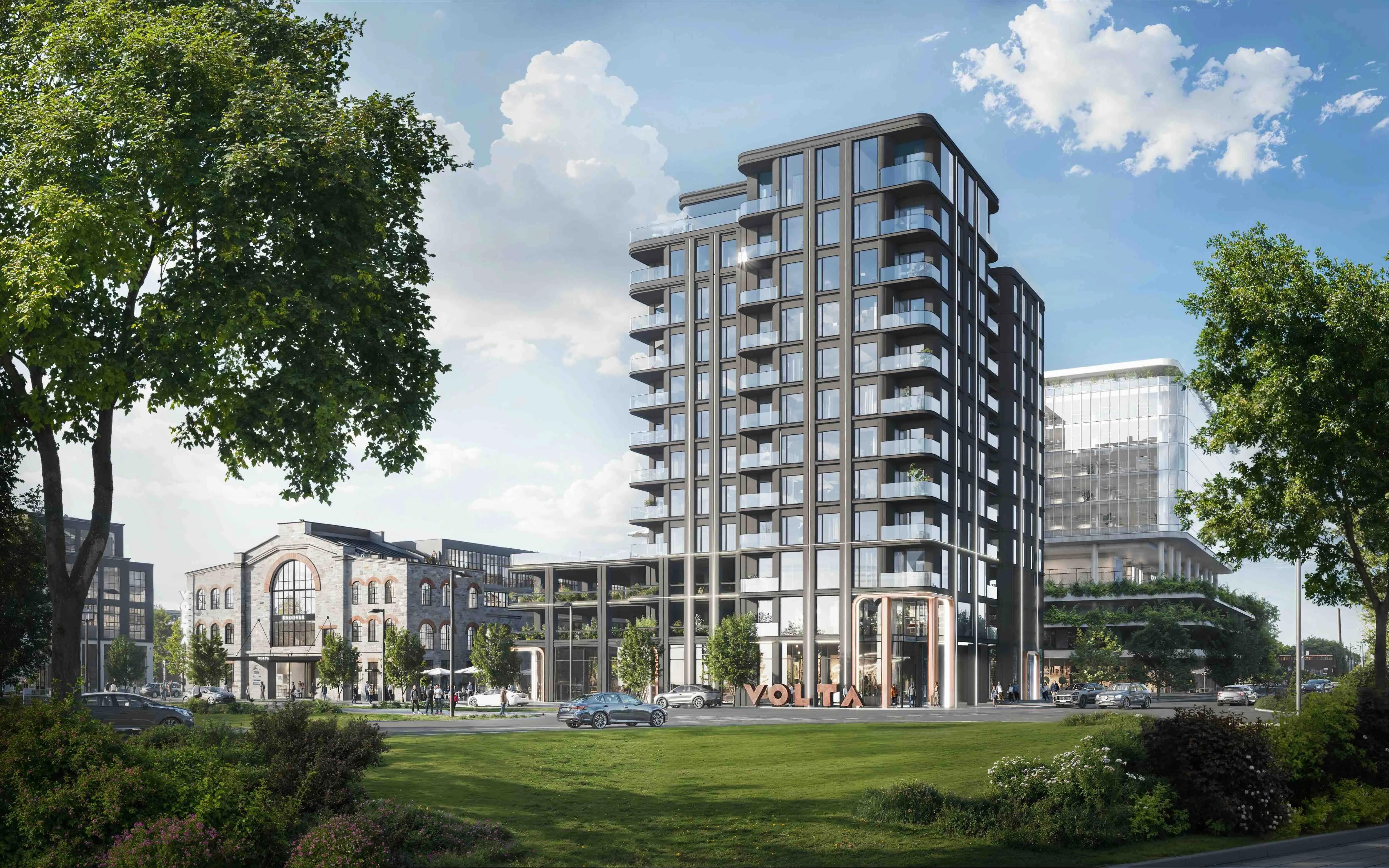Experts: Urban Densification Helps Stop Rising Property Prices

The next real estate market boom depends directly on the cooperation and choices of the state, local governments, and developers. Urban densification, prevention of social segregation, and spatial quality standards are all important components, it was noted in a discussion held at the Architecture and Development 2025 conference.
Ramon Rask, partner and sworn advocate at law firm RASK, emphasized that real estate will increasingly remain for the wealthy and we are still far from a boom. "Construction becomes more expensive year by year, input prices will continue to grow, and the only way to cope with this is growth in purchasing power, which depends directly on the competitiveness of the economy," Rask stated.
Reigo Randmets, owner and managing director of Reterra, on the other hand, emphasized that real estate price levels have remained similar compared to wages over the past 25 years. "Real estate is still being purchased, but today it is mainly bought by those for whom the purchase genuinely improves their living conditions and well-being. Homes are being bought, but fewer properties are being acquired for investment purposes. Credit conditions are the best in history, but we don't see an approaching boom," he said.
Randmets gave an example that the price per square meter of new apartments on Hippodrome is approximately 5000 euros, while in Raemõisa, which is located a bit further from Tallinn, the price stays between 3300–3400 euros. "When a family has to choose between a two- or three-room apartment and a four- or five-room apartment, they tend to go to the suburbs or nearby municipalities because they get one more room. This isn't for the sake of greenery or beauty, but purely out of necessity," Randmets explained. In his assessment, this shows that denser and more thoughtful urban space combined with good public transport will become inevitable over time. "Without this, Tallinn will lose its taxpayers to nearby municipalities," Randmets added.
Tallinn's chief architect Andro Mänd added that the city cannot be solely responsible for real estate price levels. "Tallinn has approximately 2000 building plots where construction rights have been granted, but where construction has not begun. This means 5–6 million square meters of potential that is lying unused. Often, planning is not in the city's hands, contrary to common belief, but rather in the developer's hands," he emphasized.
At the same time, Mänd also pointed to the role of neighboring municipalities: "When neighbors allow explosive growth without any long-term vision, that's a problem. Saku municipality has consciously managed its growth and Viimsi has finally decided to slow down its explosive growth, but in certain municipalities, the actions are downright criminal. Building on agricultural land means we're squandering the source of wealth for our children and grandchildren, and someone will eventually have to maintain public transport, street lighting, and road maintenance," Mänd said. Therefore, in his view, cities should be built much more compactly.
Social segregation – the greatest threat for the future
Tallinn's chief architect warned that Estonia could face the same problems in 15–20 years that currently plague the suburbs of major European cities. "Youth poverty and ethnic segregation are the greatest threats that urban planners deal with. If certain groups in society feel they are left out of success, the consequences are conflicts and unrest," he said.
The focus should be on Tallinn's greatest unused potential: Lasnamägi. "There are more residents there than in Tartu and Viljandi combined, but the area has remained a dormitory where restaurants, cafes, and jobs are lacking. The housing stock is uniform and repeats Soviet-era patterns. Our goal is to change the typology of housing and test Nordic models. We also need to bring jobs and public services to Lasnamägi – for example, a new primary school, state gymnasium, and swimming pool are planned around Tondiraba to create confidence in this area in the private sector as well," Mänd explained.
Spatial quality and urban densification
Ramon Rask emphasized that better cohesion is created through transport connections and integration of social infrastructure into urban space – compacting the city provides the opportunity to make the living environment more cohesive. Reigo Randmets added that families' practical choices show how residential decisions are often guided simply by the opportunity to get one more room. "Urban densification and well-planned public transport would help balance these choices," he agreed.
Speaking about spatial quality, Rask noted that the state is taking steps toward a regulatory environment where architectural quality and sustainability are standards in construction. "If clear requirements are set for the market, then it can be hoped that even if the market were to overheat in the future, it might be possible to avoid a significant decline in construction quality," he explained.
Mänd found that achieving more cohesive urban space requires making unpopular decisions. "If we want a more cohesive and quality city, we need to be prepared to pay for services. Congestion pricing or paid parking across the city are not popular decisions, but they would make the city more efficient," he said.
Randmets emphasized that the most important thing is cooperation between developers and the city: "The denser the city and the faster the processing time, the more affordable real estate becomes. The more affordable real estate, the less social segregation. In other words, the denser the city, the fewer taxpayers leave the city."




